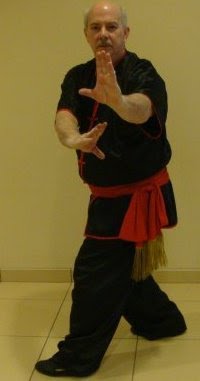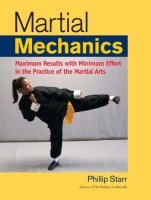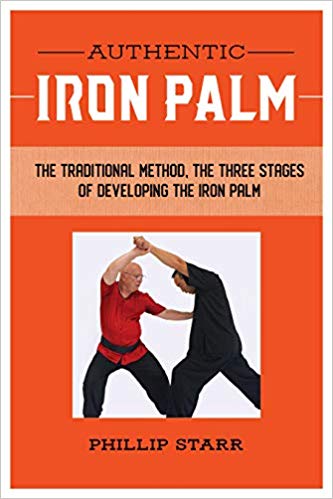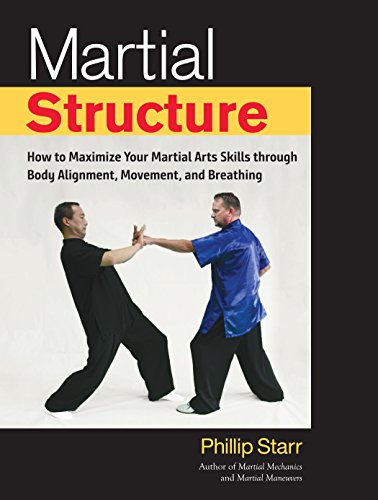Tsutomu Ohshima, one of Gichin Funakoshi’s last students (and now a senior instructor of Gichin’s legendary Shotokan style of karate), tells a story about his teacher that illustrates the importance of the basic techniques of the art. Originally a schoolteacher in Okinawa, Gichin had introduced karate to Japan in 1923. He passed away in 1958. In his last months of life, Ohshima would literally carry him up and down stairs whenever the master was scheduled to give demonstrations. A few days before his passing, Gichin was sitting up on the edge of his bed practicing the basic forefist punch. He turned to Ohshima and said, “I think I’ve finally got it!” Ohshima wept.
Mr. David Lowry, in his excellent book "Moving Toward Stillness" relates a story about the late kendo (Japanese swordsmanship) master, Mori Torao. Master Mori had studied his art under men who had had to use the sword in actual combat. Needless to say, the training was extremely severe; in fact, prior to WWII the art was often referred to as gekken which means "severe swordsmanship." Mr. Mori taught in the U.S. back in the 60's.
A friend of Mr. Lowry's attended a clinic conducted by Master Mori and made it a point to arrive early in the hopes that he might be able to see the legendary master training. Once inside the gym, the young man found the legendary Master already in his keikogi (practice uniform), preparing for the class. Mori asked the young man if he would train with him for a while. The young man held Mori in awe and was thrilled with the request. Now he would get the chance to see advanced kendo techniques and learn from the legendary master!
He was shocked when Mori asked if he might practice shomen uchi which is a frontal strike learned by every kendoka (kendo student) in his first class. "I still don't have it right," Mori explained.
Students who are still in the junior stages of training envy their seniors who are learning the more advanced forms and techniques of our art. The instructor may call out a cadence and force them to practice the most basic punches and kicks, but you can bet that the juniors are watching (out of the corners of their eyes) their seniors in the corner practicing the advanced techniques and forms and longing for the day when they will learn them. They tend to judge progress by how much they've learned; how much they've acquired.
Several decades ago, a good friend of mine named John Hutchcroft, who trained in a style of Okinawan karate told me that students of that particular system never said, "Yes, I know that form," or "I know this punch." I asked why. He explained that to say that one knew the form or technique indicated that one had truly mastered it. Instead of saying that they knew a given form or technique, they would say that they trained or worked it.
It's a small matter of semantics, I know, but it does indicate how seriously these people were about training and true understanding or mastery of technique.
The legendary founder of Kyokushin karate, Masutatsu Oyama, once said that after 1,000 repetitions one could say that one could perform a given technique. Only after 10,000 repetitions could one say that one had mastered it. He was slightly more generous with forms; after 1,000 repetitions one could say that one had mastered a given form.
The legendary Xingyiquan teacher, Hung-I Xiang (who passed away in the 1980's), was known to practice his bengquan (the basic punching technique of Xingyi) daily. Even after more than six decades of training, he focused on constant practice of the most fundamental techniques. Wang Shujin, one of the most famous twentieth-century exponents of Baguazhang (and my teacher's classmate) was known to train daily in the system's most fundamental form and exercise, the Single Palm Change.
Any given martial art system is finite; limited in scope and curriculum. There comes a time when there are no more new techniques or forms to learn. Having explored every road, the student finds him or herself with only one choice; to go back to the beginning. In this sense, the road is circular and the last teaching is also the first. The greatest secrets lie within the most fundamental techniques and movements. However, they cannot be grasped by those who have not yet traveled the whole length of the road or path.
In my school in Omaha, I had (amongst other things) framed Chinese calligraphy, the characters for which meant, "Beginner's Mind." This was not intended so much for junior students as it was for the seniors. Once one has "gone full circle," one must come back to the original "mind" of a beginner. Only after coming full circle and back to this stage can one truly grasp the more esoteric teachings of the art.
Of course, there are some who, having reached a lower grade of black belt, assume that they have come "full circle." Puffing out their chests, they are proud of their accomplishments but the truth is that they have not come full circle. They are still traveling on the "road." Those who have traveled its full length do not puff out their chests and rarely speak of their accomplishments. They have, after all, come back to the stage of "Beginner's Mind"; a blank slate upon which they will write and draw.














